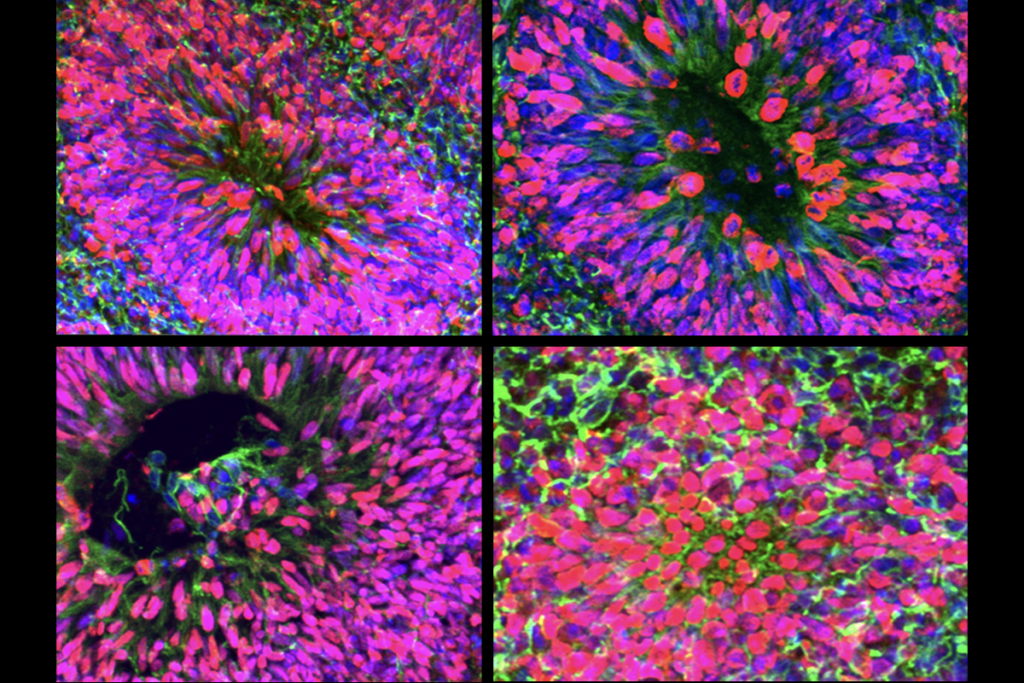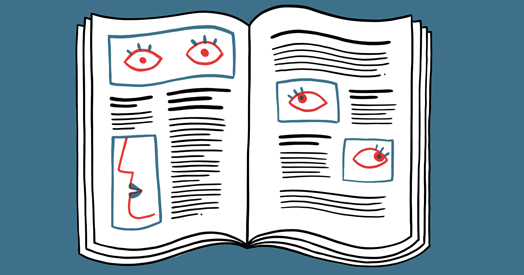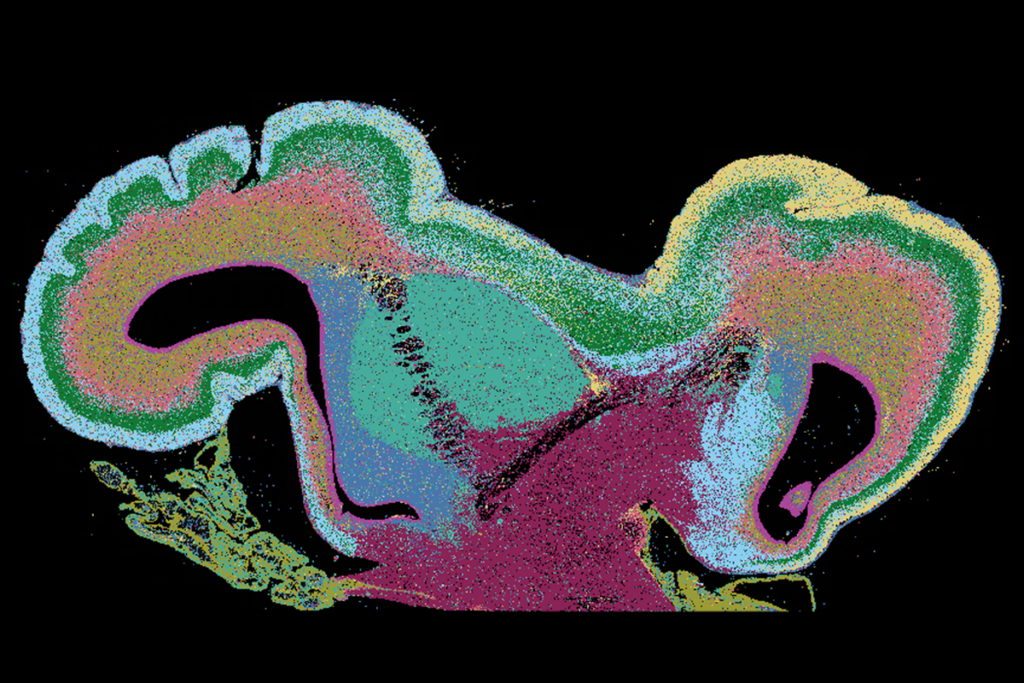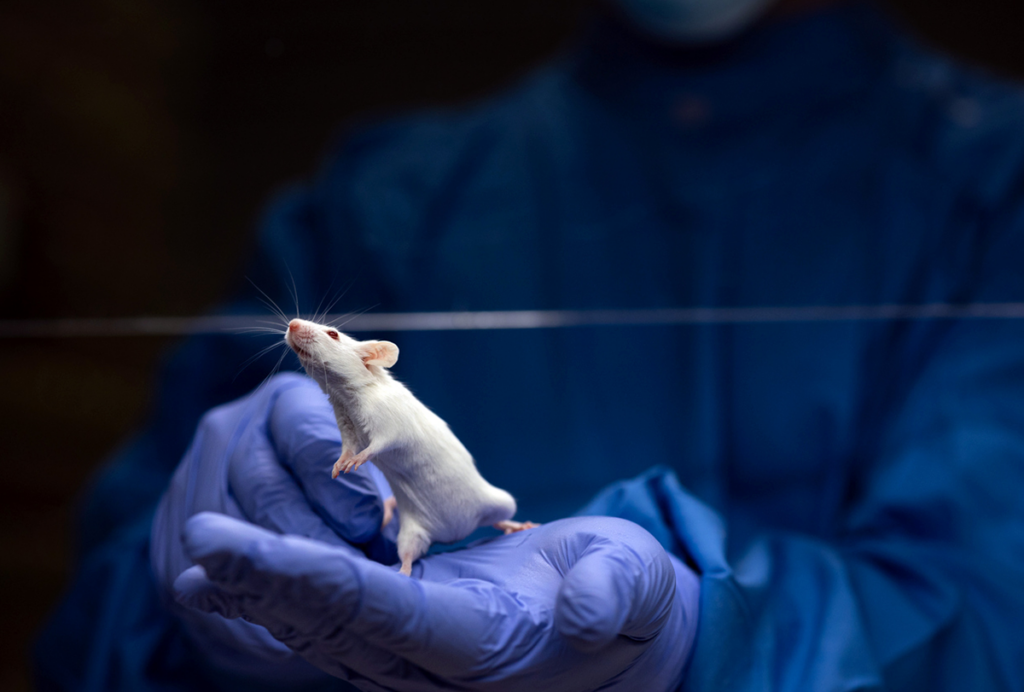How does the body dictate speech?
A shifting understanding of the role of motor control in people with autism who also have speech deficits raises important questions about language development in the disorder.
Individuals with autism who don’t speak — about a quarter of those with the disorder — are something of a mystery. Why do some children go on to develop fluent language skills, whereas others can’t say a word?
Surprisingly, the answer may lie in generalized deficits in motor control and joint attention rather than in mechanics more directly related to speech.
Read: Study of nonverbal autism must go beyond words »
Historically, the focus on people with autism who speak few or no words has centered on potential problems with language acquisition, speech production or communication skills.
Decades ago, nonverbal people with autism made up about half of those diagnosed with the disorder. That rate has dropped because the diagnosis has broadened to include higher-functioning individuals and because of successful therapies.
At the same time, we now have a better understanding of the factors driving speech deficits, such as memory or motor skills. Still, too few studies focus on this subgroup of nonverbal individuals, leaving a number of important questions about language development in autism unanswered.
What do you think?
- How can we investigate the relative contribution of global motor deficits and more specific problems with speech production to nonverbal autism?
- How can we evaluate individual children, when speech ability, and the causes driving it, vary so widely even among so-called ‘nonverbal’ subgroups? How might the underlying biology driving lack of speech affect the interventions we offer to these children?
Share your thoughts in the comments section below. Or, to dig deeper, continue the conversation in the moderated SFARI Forum for researchers. Not yet a member? Learn how to register here.
Like us on Facebook » | Follow us on Twitter @SFARIcommunity » | Join our newsletter »
Recommended reading

New organoid atlas unveils four neurodevelopmental signatures

Glutamate receptors, mRNA transcripts and SYNGAP1; and more

Among brain changes studied in autism, spotlight shifts to subcortex
Explore more from The Transmitter

Not playing around: Why neuroscience needs toy models
